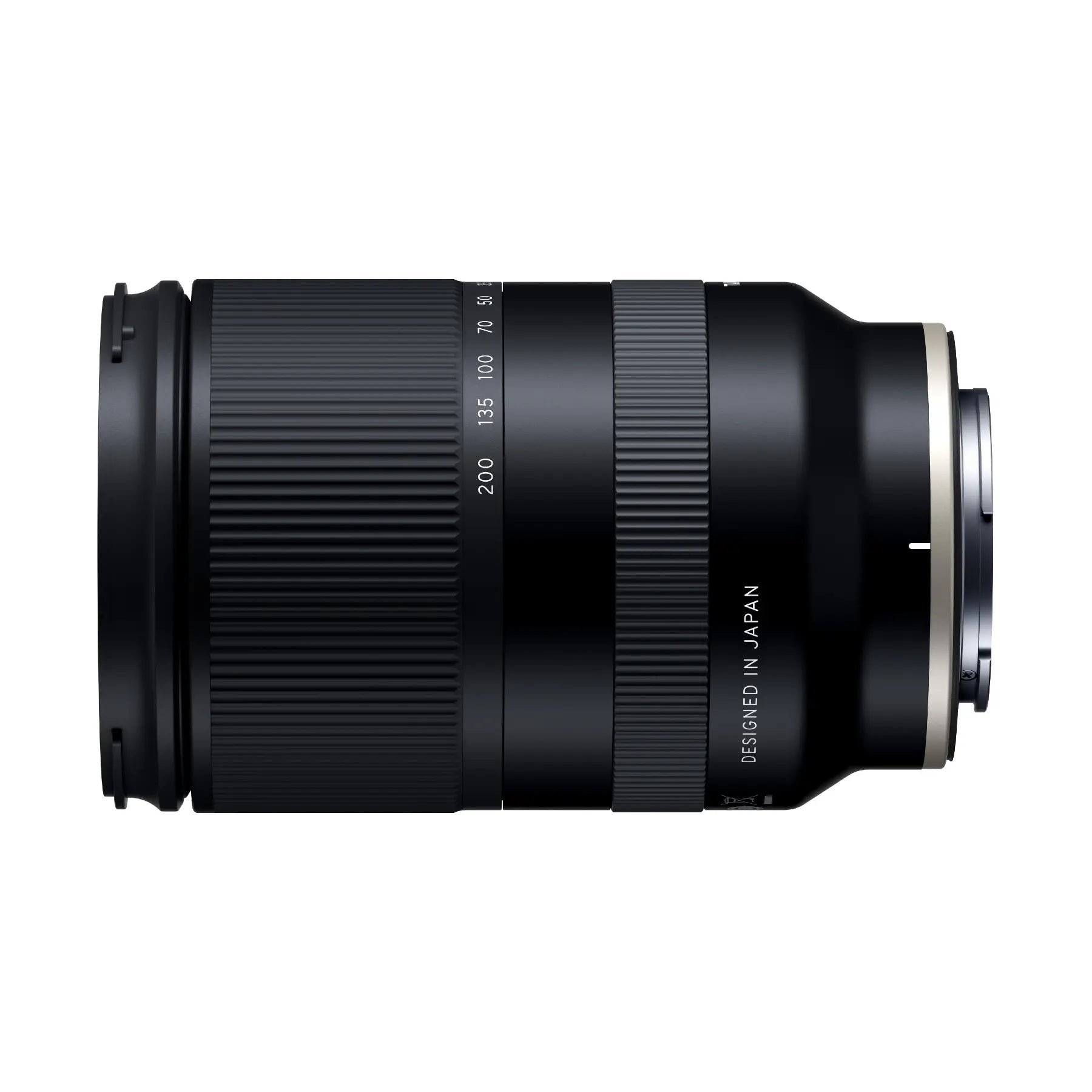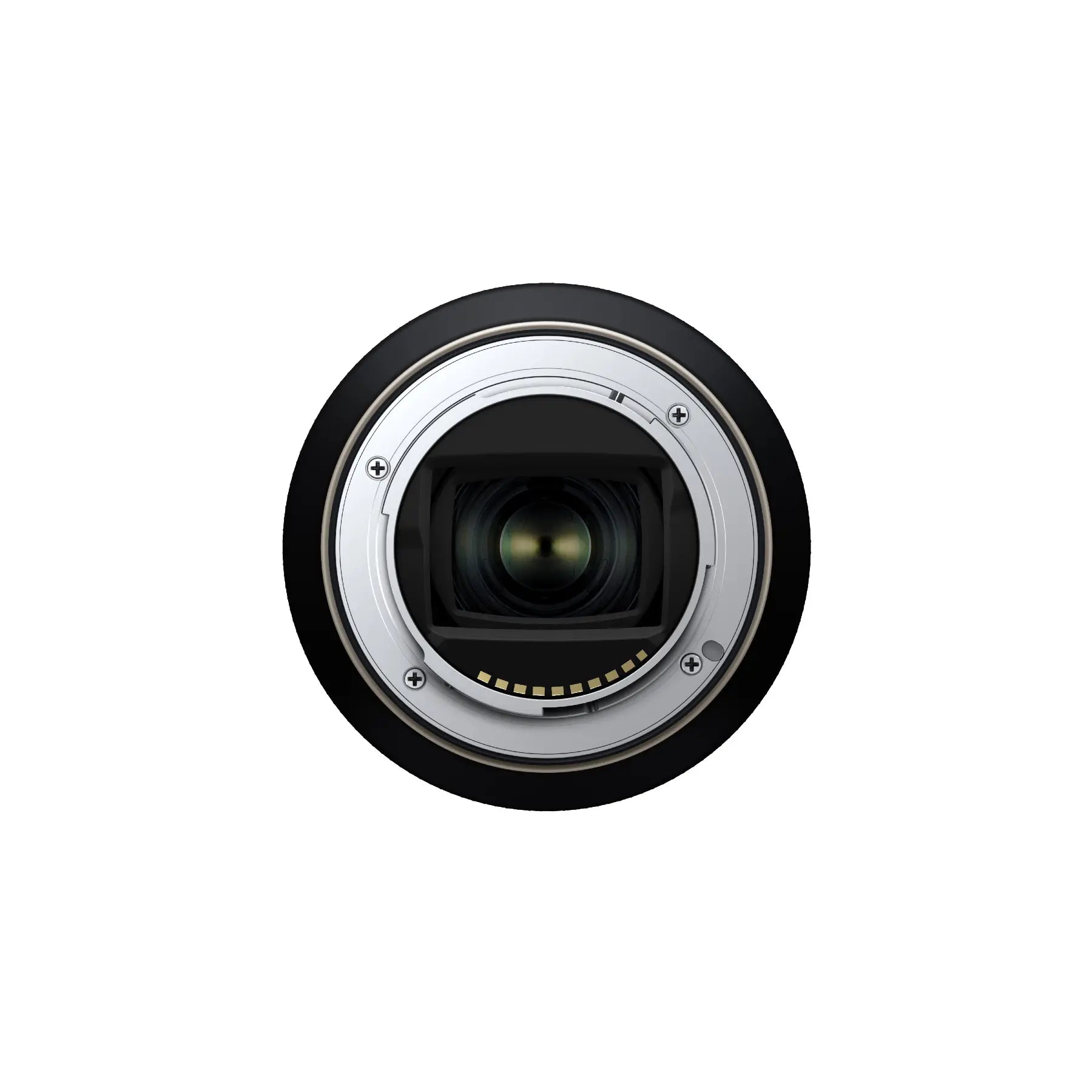Product Description
Tamron 28-200mm F2.8-5.6 Di III RXD Lens – Sony FE
All-in-One Zoom with Unmatched Versatility
The Tamron 28-200mm F2.8-5.6 Di III RXD is a game-changing full-frame mirrorless lens designed for Sony E-mount cameras. As the world's first all-in-one zoom lens with an F2.8 maximum aperture, this lens provides an exceptional balance of performance, portability, and versatility.
With a wide focal range from 28mm to 200mm, fast autofocus, and superior optical quality, this lens is perfect for travel, landscapes, portraits, and everyday shooting.
Key Features
Unprecedented Optical Performance
- 18 Elements in 14 Groups – Advanced optical design for stunning image clarity.
- LD (Low Dispersion) and XLD (eXtra Low Dispersion) Elements – Minimize chromatic aberrations for high-resolution images with edge-to-edge sharpness.
- BBAR (Broad-Band Anti-Reflection) Coating – Reduces flare and ghosting for greater contrast and colour accuracy.
Versatile Zoom Range for Any Scenario
- 28mm Wide-Angle – Capture expansive landscapes and group shots.
- 200mm Telephoto – Achieve beautiful compression and subject isolation.
- Perfect for Travel and Everyday Photography – A single lens that covers all your shooting needs.
Bright F2.8 Aperture at 28mm
- First in Its Class – The only all-in-one zoom lens with an F2.8 aperture at the wide end.
- Excellent in Low Light – Shoot handheld in dim conditions with confidence.
- Beautiful Background Blur (Bokeh) – Create professional-looking portraits and close-ups.

Superb Close-Up Performance
- Minimum Object Distance (MOD) at 28mm: 0.19m (7.5 inches) – Achieve stunning macro-like close-ups.
- Magnification Ratio at 28mm: 1:3.1 – Capture intricate details in close-up shots.
- MOD at 200mm: 0.8m (31.5 inches) – Maintain impressive subject separation even at telephoto.

Lightweight and Compact Design
- Length: 117mm (4.6 inches)
- Weight: 575g (20.3 oz)
- Highly Portable – Perfect for travel, everyday use, and on-the-go shooting.

Fast and Accurate Autofocus
- RXD (Rapid eXtra-Silent Drive) Stepping Motor – Provides fast, near-silent autofocus, ideal for both photography and videography.
- Compatible with Sony’s Fast Hybrid AF and Eye AF – Ensures tack-sharp images with precision subject tracking.

Durable and Weather-Resistant
- Moisture-Resistant Construction – Offers added protection for shooting in challenging outdoor conditions.
- Fluorine Coating – Repels dust, dirt, and smudges, making the front element easy to clean.

Specifications
- Focal Length: 28-200mm
- Maximum Aperture: F2.8-5.6
- Minimum Aperture: F16-32
- Lens Construction: 18 elements in 14 groups
- Minimum Focusing Distance: 0.19m (7.5 inches) at 28mm, 0.8m (31.5 inches) at 200mm
- Maximum Magnification Ratio: 1:3.1 (Wide) / 1:3.8 (Tele)
- Filter Size: 67mm
- Diaphragm Blades: 7 (Rounded)
- Weather Sealing: Yes (Moisture-resistant construction)
- Weight: 575g (20.3 oz)

Why Choose the Tamron 28-200mm F2.8-5.6 Di III RXD?
✔ All-in-One Zoom – Covers wide to telephoto in a single lens.
✔ Compact and Lightweight – Easy to carry, perfect for travel and everyday use.
✔ Fast F2.8 Aperture at 28mm – Unique in its class, offering better low-light performance.
✔ Outstanding Close-Up Capabilities – Capture intricate details at any focal length.
✔ Weather-Sealed Build – Designed for outdoor shooting in challenging environments.

The Tamron 28-200mm F2.8-5.6 Di III RXD is the ultimate all-in-one zoom lens for Sony full-frame mirrorless users who want exceptional image quality, versatility, and portability in a single, easy-to-carry lens.

Payment & Security
Your payment information is processed securely. We do not store credit card details nor have access to your credit card information.



























